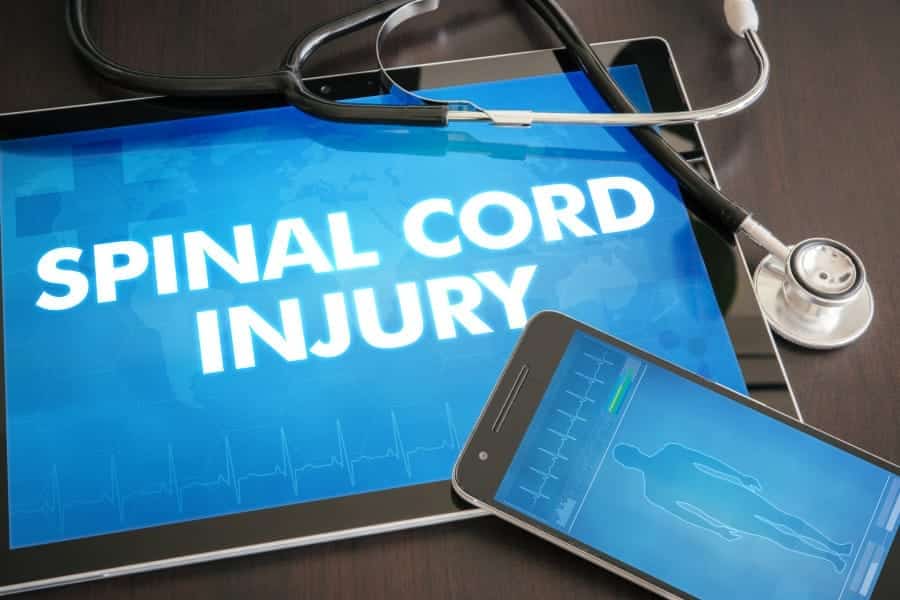Bioengineers have created an osmotic therapy device that gently removes fluid from the spinal cord to reduce swelling in injured rats with good results. The device can eventually be scaled up for testing in humans, they suggest.
In their open-access paper published in Frontiers in Bioengineering and Biotechnology, the group — led by Marlan and Rosemary Bourns College of Engineering Jacques S. Yeager, Sr. Professor of Bioengineering Victor G. J. Rodgers and UCR School of Medicine biomedical sciences professor Devin Binder — describe the device.
A Tangential Flow Module
The device consists of a tangential flow module supporting a semipermeable membrane connected to a hydrogel that rests on the exposed spinal cord. Artificial cerebrospinal fluid containing the protein albumin to initiate osmosis passes across the device side of the membrane, transporting water molecules from the spinal cord.
Both fluids drain into a small chamber and cycle again through the device to remove more water. The amount of water removed is small compared to the amount of osmolyte, allowing for recirculation, they explain, in a media release from University of California – Riverside.
The authors suggest, from previous studies, that relatively small increases in the percent of water content can cause significant swelling in the brain. These experiments showed that the osmotic therapy device removed enough water to prevent brain swelling and was capable of removing even more. They also found that removing the excess water quickly enough in brain swelling improved neurological outcomes. This is a key hope for the spinal cord device as well.
The team plans to continue improving the device through longer experiments on rats before eventually moving on to human trials.
A Similar Device is in Development
Together with biomedical sciences professor Byron Ford, Rodgers is developing a similar device that drains fluid directly from the brain and introduces neuregulin-1, a molecule produced naturally by the body to regulate communication between cells in the brain and heart and promote their growth, to improve treatment and reduce damage of severe strokes, the release continues.
[Source(s): University of California – Riverside, Science Daily]
Related Content:
Implanting Neural Stem Cell Grafts in Spinal Cord Injuries Points to Possible Treatment
Reduce Post-Brain Injury and SCI Swelling This Way
Spinal Cord Injury Causes This, Per Researchers





